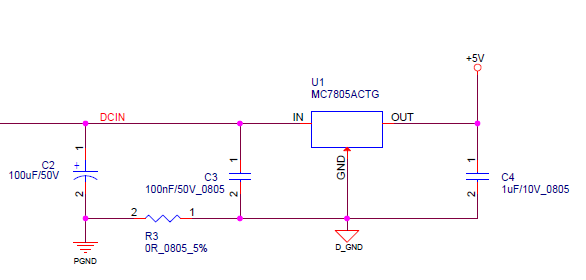Hi Experts, we are using TPS1HB16FQPWPRQ1, but this part is easy to damaged when the output shorted, any suggestions?
-
Ask a related question
What is a related question?A related question is a question created from another question. When the related question is created, it will be automatically linked to the original question.



